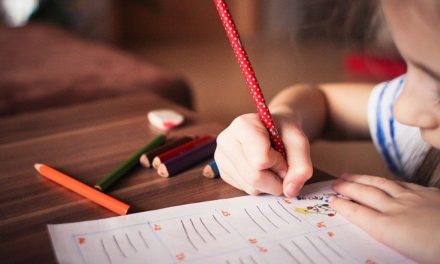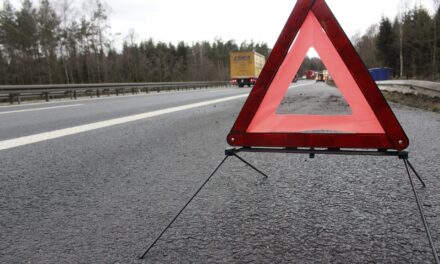With the holidays coming up, we have two flights planned with our son who is a toddler. He doesn’t ever sit still- how can I survive airports, security lines, and flights?!
Oh, sister, I feel your pain. We just recently flew with a toddler. When I wasn’t too frazzled to remember all these ideas, it went really, really well! You just have to find a way to remember all the things ABA has taught us moms!
Here are some tips that are straight outta behavior analytic research.
1. CONSISTENCY
Stick to the things that work for you at home to promote positive behavior. We use the Premack principle A LOT in my house. It is super common to hear “First __(unfun thing), then __(reinforcing thing)__.” When traveling I had to remember to use this to prevent tantrums. I was wrestling my child into her stroller at one point with tears being shed by all parties involved, including innocent bystanders no doubt, when I suddenly remembered my First, Then and we were able to get in and out of the stroller without a single problem the rest of the morning! I was kicking myself later for going through the battle in the first place when it could have been avoided. I really should have known better.
2. PROVIDE REINFORCEMENT FOR DESIRED BEHAVIORS!!
If you’ve ever read anything I’ve written, this is old hat. Provide positive reinforcement for the behaviors you want to see in the airport. Make it clear. Bring extra fun reinforcers with you- dollar store finds, new iPad apps, new movies downloaded on your phone, candy, whatever it takes! Then bust out that old Premack with a “First stand nicely in the security line, then you can play a new iPad game at our gate.” Give good reinforcers, give them as soon as you can following the desired behavior, give a lot of them, lay it on thick. Reinforce the heck out of those desired airport and airplane behaviors!
3. HAVE A PLAN B. AND A PLAN C.
Might as well get to plan G. If your kiddo normally loves books and you only pack books for him to use on the flight, guess what – you’re going to have a cranky pants child on an airplane. Bring books AND stickers AND lacing shapes AND color-safe markers or crayons AND snacks AND more snacks AND different snacks AND AND AND! I was so sure my Little was going to sleep on a flight recently because we flew at exactly her normal nap time. When did she fall asleep? When they prepared the cabin for landing. Seriously. Thankfully I had plans B-E ready to go to keep her entertained in my lap for a few hours. It would have gotten ugly otherwise.
4. SET APPROPRIATE EXPECTATIONS FOR YOUR KIDDO.
All kids are different. Set your target behaviors, or behavioral expectations, high but not so high that your child will be unable to earn reinforcers. What do I mean by that? When we were traveling the expectation was for my Little to sit either on my lap or in her stroller on the plane, in the security line, and when we were moving throughout the airport. If I had expected her to sit while we waited at the gate, the whole airport would have known she was unhappy. Instead, she was allowed to run by the windows in a set area and only our gate had to hear her squeals of delight.
5. PLAN FOR SOME REINFORCEMENT FOR YOURSELF, TOO.
Arrange a contingency to put yourself in contact with some positive reinforcement when you safely, calmly, and happily arrive at your destination. Going to see family? Hand that child off to your in-laws and go take a nap. For me, the hotel where we were had complimentary happy hour. I took a show on my phone for my Little and enjoyed a glass of wine while she had excess screen time. Worth it to reinforce my own behavior!
Don’t stress. Use the tools you’ve already got in your tool belt, but step up your game for airport and airplane time. Communicate the desired behaviors clearly and simply to your child and provide positive reinforcement for those behaviors. And whatever you do – don’t forget to use these things (like I did)! The research is here to tell us that it works – let’s actually use it and save ourselves some headaches along the way!
Don’t just take my word for it. Below is just a small sample of the real evidence that ABA works!
References
Cooper, J., Heron, T., & Heward, W. (2007). Basic Concepts. In Applied Behavior Analysis(2nd ed.). Columbus: Pearson.
Egel, A.L. (1981). Reinforcer variation: Implications for motivating developmentally disabled children. Journal of Applied Behavior Analysis, 14, 345-350.
Heward, W.L., (1980). A formula for individualizing initial criteria for reinforcement. Exceptional Teacher, 1 (9), 7,9.
Knapp, T.J. (1976). The Premack Principle in human experimental and applied settings.Behaviour Research and Therapy, Vol 14(2), 133-147.
Neef, N.A., Mace, F.C., Shea, M.C., & Shade, D. (1992). Effects of reinforcer rate and reinforcer quality on time allocation: Extension of matching theory to educational settings. Journal of Applied Behavior Analysis, 25, 691-699.
Skinner, B.F., (1953). Science and Human Behavior. New York: MacMillan.











